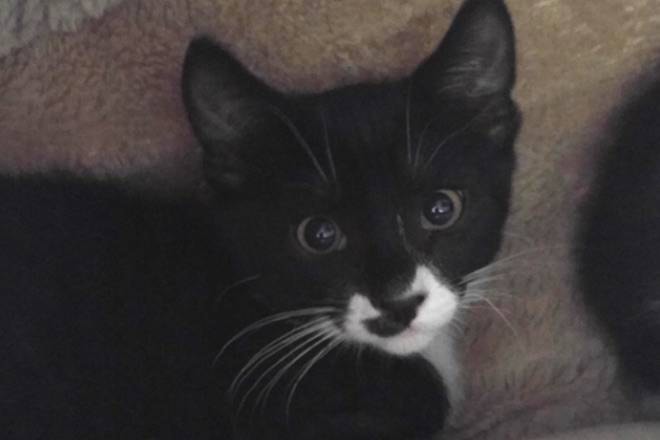It doesn’t take long for a couple of cute little kittens to become a sizeable colony of cats.
Recently, Critteraid, a Summerland-based animal sanctuary, took in 50 cats from a Kaleden home, since the owner was not able to care for them.
The homeowner hadn’t intended to house this many cats; it just happened.
The animals had not been spayed or neutered, and as a result, their numbers quickly increased.
While cats do not know how to add, they can multiply.
An unspayed kitten can become pregnant at the age of five months, and cats can have litters every three months.
At this rate, it does not take long before a house can be overrun with cats, as the homeowner has discovered.
The story didn’t need to turn out in this way.
If the initial cats had been spayed and neutered, the homeowner would not have had so many in the house, and Critteraid volunteers would not be looking so desperately to find permanent homes for these 50 cats and kittens.
Most of the cats and kittens from the home in Kaleden are now in foster care and the animal sanctuary is looking to find them permanent homes.
Critteraid shelters animals, as does the Penticton SPCA.
These animals can be adopted and there are people who are eager to give them loving homes.
However, there are more animals in sanctuaries and shelters than there are homes available for them.
Preventing this problem, by spaying and neutering pets now, is far easier than trying to find homes for rescued animals in the future.
